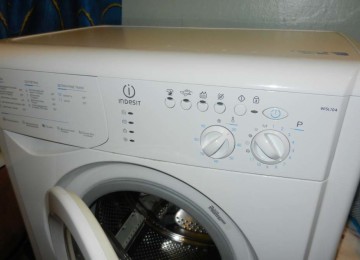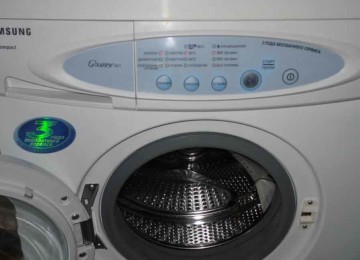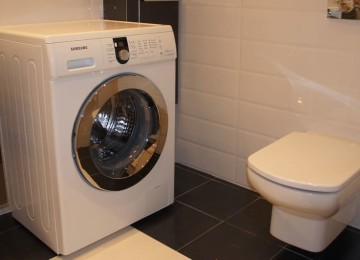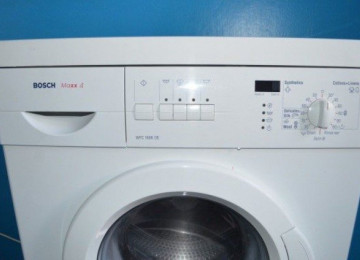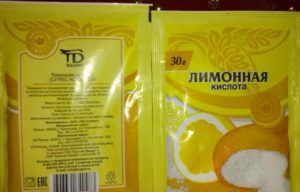 Washing equipment requires respectful treatment, compliance with the manufacturer’s recommendations, proper operation and timely prevention. Only in this case will the home assistant last a long time and justify the material investment. From this article you will learn how to clean a washing machine with citric acid and how much you need to use.
Washing equipment requires respectful treatment, compliance with the manufacturer’s recommendations, proper operation and timely prevention. Only in this case will the home assistant last a long time and justify the material investment. From this article you will learn how to clean a washing machine with citric acid and how much you need to use.
Rules for operating the machine

- Using a washing machine in compliance with reasonable and simple rules will reduce the likelihood of possible breakdowns.
- Powders and detergents recommended by the washing machine manufacturer should be used. Some powders already contain components that reduce water hardness. Otherwise, emollients must be added to the regular powder.
- The amount of powder must be dosed and correspond to the volume and degree of contamination of things.
- You should not wash old, worn items, especially woolen ones with pile and fleece, so as not to clog the drum holes with fabric particles, threads and shreds.
- It is recommended to wash at a moderately hot water temperature, the value should not exceed 75°C.
- You should take out washed clothes immediately.
- Do not store dirty items ready for washing in the washing machine drum.
- Upon completion of washing, the detergent compartment and the drum must be thoroughly wiped and dried, keeping them open for some time.
To soften water, manufacturers offer special devices that use the property of magnets to change the physical properties of water. Magnetic filters are installed on the inlet hose of the machine or cut into the water supply. As a result of magnetic action, crystals are not formed and salts are washed away. The disadvantage of such a device is its rather high cost, but it will serve for a long time and effectively.
Features of cleaning a washing machine
High intensity of use of the washing machine in families with small children, bedridden patients, as well as people whose work involves constant and heavy soiling of clothes can lead to a deterioration in the performance of the machine. This is due to the gradual, from wash to wash, accumulation of a salt layer on the surfaces of parts, for which many methods have been invented to remove.
Signs of scale formation
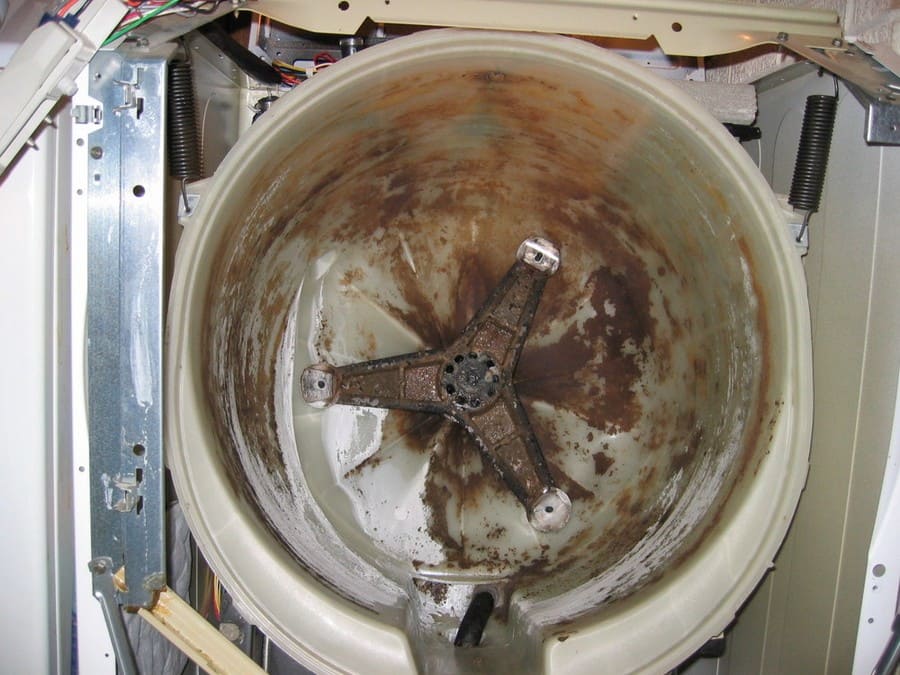
The appearance of scale is manifested by a change in the behavior of the machine during washing and a deterioration in the result. The following signs will prompt you to think about the need to clean your machine:
- Freshly washed items give off an unpleasant odor.
- A yellowish or grayish tint appears on white items after washing.
- As a result of washing, contaminants remain regardless of the amount of powder used.
- While the machine is operating, tapping sounds are heard and the unit moves.
- The machine does not heat the water well, not bringing it to the set temperature. This can be checked by placing your hand on the glass while washing.
The presence of scale can also be detected visually. Using a bright flashlight, carefully inspect the drum. In most machines, the heating element is located at the bottom. You should direct the flashlight beam exactly there and try to see the scale. The drum can be slightly rocked and rotated to increase or decrease the speed.
Causes of scale formation
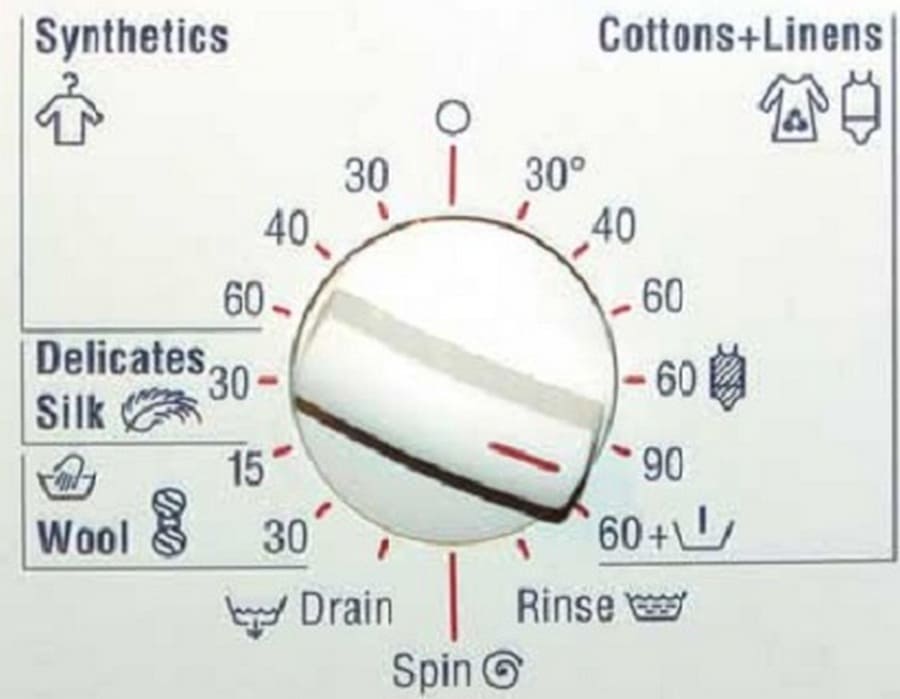
The occurrence of scale is a natural and natural result of the presence of insoluble magnesium and calcium carbonates in water. Scale appears in all household appliances that heat water.
Scale forms especially vigorously at high temperatures. This is caused by rapid boiling of water on the metal surface of the heating element and the formation of air bubbles, while the liquid breaks up into microfractions of pure water and insoluble inclusions. Insoluble components turn into a hard crust on the internal parts of the washing machine. It is easy to see manifestations of this process inside a metal electric kettle or on the sole of a steam iron. Limescale problems are also common in dishwashers.
In areas with naturally hard water, due to a large amount of salts in the sources, the process of scale formation in household appliances is further accelerated and more frequent preventive measures are required. Increased hardness of tap water can be determined by a thin film on the surface.
A significant reason for the appearance of scale is the use of phosphate-free washing powders. The presence of phosphates is necessary because they reduce the overall hardness of the water and, accordingly, the amount of insoluble carbonates. Phosphates are always included in water softeners.
Scale damage
The result of scale formation is excessive heating of the heating element due to weak heat transfer, which is prevented by the scale layer. In the worst case scenario, this can lead to complete breakdown of the unit. And, of course, the time to heat water will increase and electricity consumption will increase.
At the same time as the heating element, other parts also deteriorate, since scale isolates them from the air. They dry poorly, rust, deform and lose strength.
The concentration of scale affects the chemical efficiency of detergents, dirt is difficult to remove, and stains and smudges may appear on things.
Popular cleaning products
The fight against scale occurs at both the industrial and domestic levels. Scale prevention products can reduce the amount of scale, but they cannot completely eliminate the problem. Therefore, regular cleaning of the washing machine unit remains relevant. Manufacturers of household chemicals offer new developments in chemical products, housewives use “grandmother’s recipes” and various life hacks that have already proven their effectiveness.
Antiscale
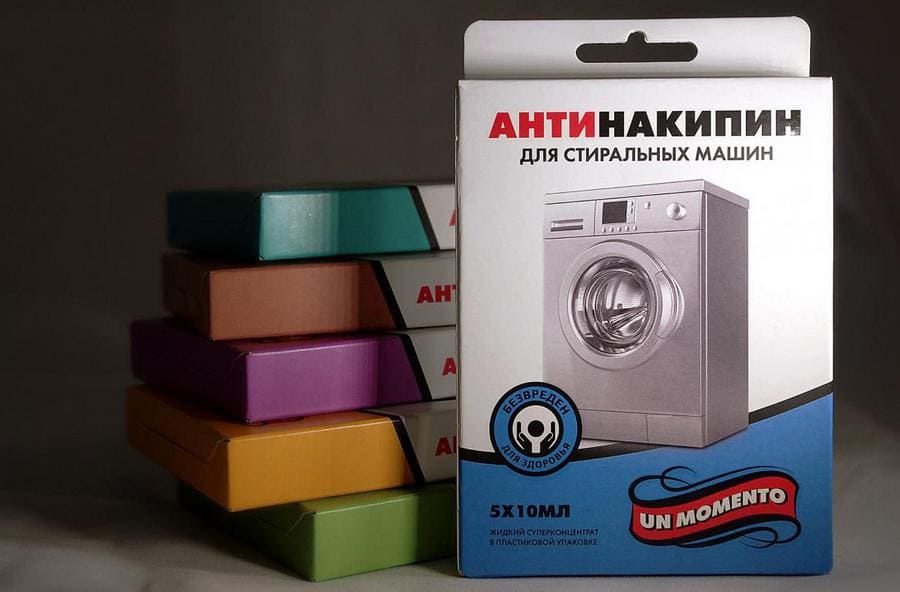
Stores sell chemical compounds for descaling, the most famous of which is Antiscale. It contains acids that can dissolve scale. The product is poured into the drum, making sure that there is no laundry, and the washing mode is turned on. The drug is quite effective and inexpensive. An important point is to strictly adhere to the dosage, as an excessive concentration of the product will render rubber gaskets and hoses unusable.
Mechanical method
The mechanical cleaning method is suitable only for experts in the washing machine. Only a specialist can disassemble and reassemble the machine into a functional device. The machine must be disconnected from the network, disconnect the hoses and unscrew the heating element. After thoroughly cleaning the heating element from scale, the reverse operations are performed.
Vinegar
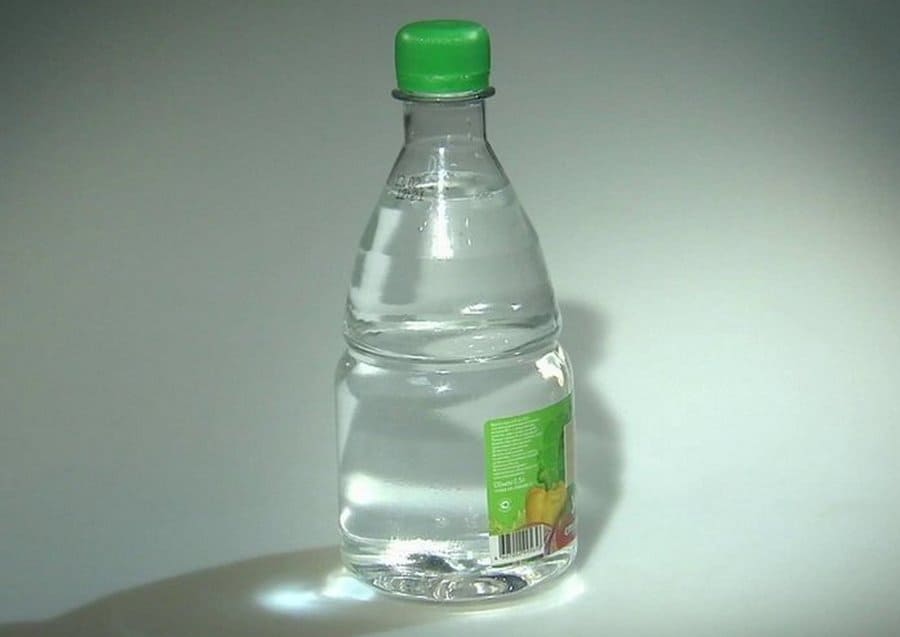
Table vinegar can be an effective and inexpensive remedy that is found in every home. Pour two glasses of acetic acid into the machine and start a long wash cycle with very hot water. After five minutes, the washing is interrupted for an hour to allow the vinegar solution to act on all parts of the machine. After this, washing must be continued. Finish cleaning by running another short wash cycle.
Soda
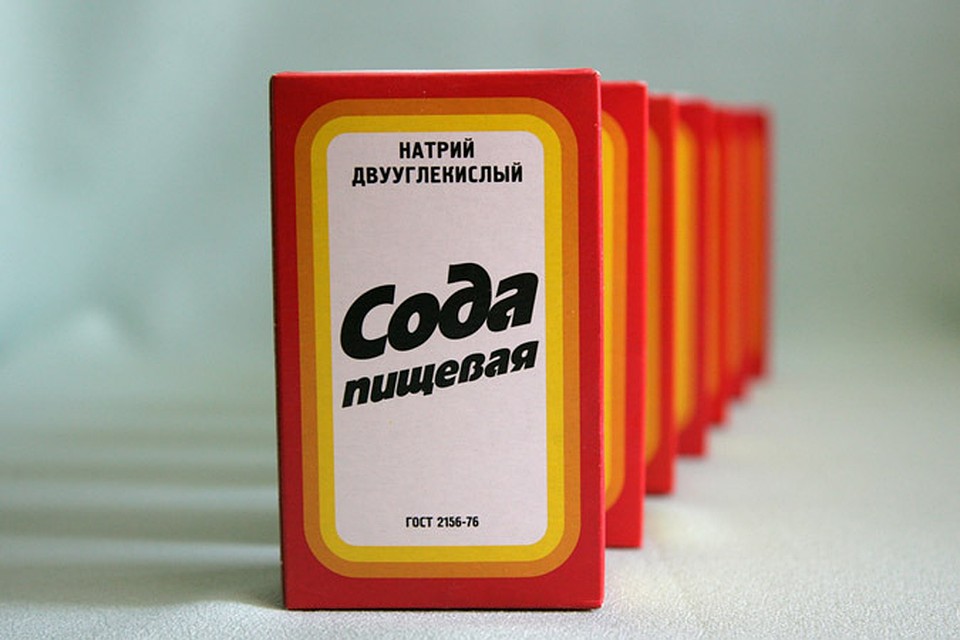
Baking soda allows you to get a double effect from its use: removing both scale and mold. Soda powder is poured into the detergent compartment and the machine is turned on for a long period with the temperature set to high. Use a baking soda solution to wipe the inside of the drum and the rubber seal on the door.
Coca Cola

Coca-Cola, beloved by young people, can not only be drunk, but also used in the household to clean household items.To clean the washing machine, you need to pour about 5 liters of Coca-Cola into the drum and wash it.
Bleaches
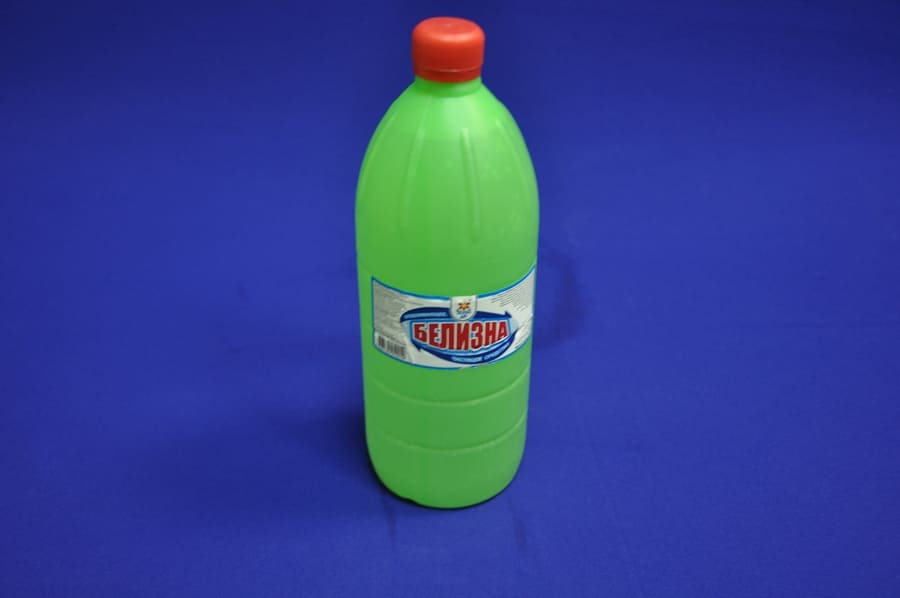
Bleaching agents are good at removing dirt, scale, and at the same time unpleasant odors. Bleach contains chlorine, the vapors of which are harmful to human health, so it is necessary to ensure good ventilation of the room during the entire washing process. A small amount of the product is poured into the machine and washed without clothes at high temperature. This not the most pleasant method has been found to be very effective.
Copper sulfate

A solution of copper sulfate is quite suitable for cleaning a machine. Take 50 g of vitriol per 100 g of warm water, mix and pour into the drum. Start a short wash cycle with high water temperature.
Lemon acid
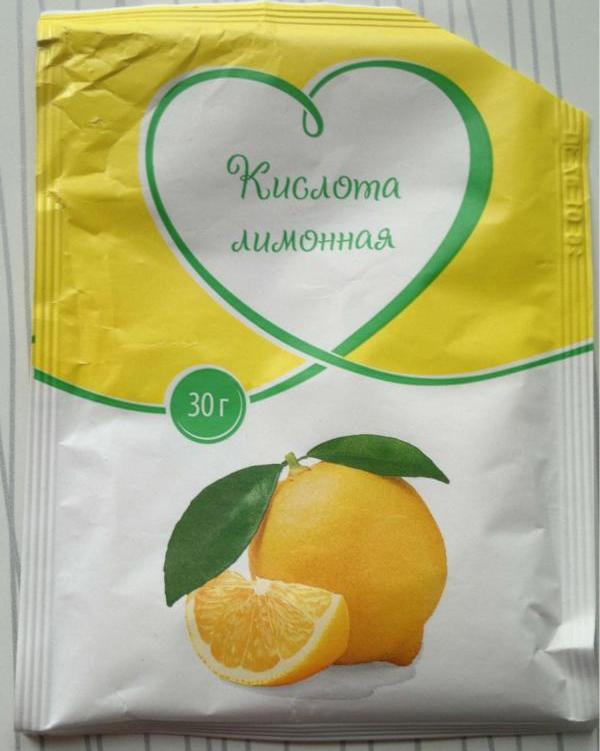
The recognized leader in non-specialized descaling products is citric acid powder. This is the most accessible and safe way, and quite effective. The main issue is dosage. Before starting the procedure, you need to determine how much citric acid to add. Cleaning your washing machine this way is worth exploring in more detail.
Procedure for cleansing with citric acid
A proven algorithm for using citric acid consists of the following steps:
- Check the machine drum for forgotten items.
- Pour a pre-measured amount of citric acid powder into the detergent compartment or directly into the drum. The second method is recommended if the drum is heavily soiled, as indicated by an unpleasant odor.
- Turn on the machine in a mode that involves a full cycle with rinsing and spinning, for example, “Cotton 90” or “Synthetics 60”.The temperature regulator can be set from 60 to 90 degrees. The highest temperature is recommended under special cleaning conditions: severe neglect of the machine, high water hardness, large amounts of scale. But, at the same time, the operating time should be minimal so that the parts of the unit are not damaged.
- After finishing washing, the inside of the drum must be rinsed and wiped dry. The appliance should be left with the door and powder compartment open.
If it was decided to pour citric acid directly into the drum, then the procedure must be adjusted:
- Select a long wash mode and a high temperature level of about 90 degrees.
- Turn on the machine and let it run for about 15 minutes. After which the process must be stopped for one hour by pressing the pause button or disconnecting from the network. During this time, citric acid will have time to act on scale deposits and soften them.
- Next, you should continue washing and, after finishing, check the quality of cleaning. Particular attention should be paid to the areas under the drum cuff. If scale residues linger there, they must be removed with a dry cloth.
- To completely wash off any remaining citric acid, use an additional rinse.
If the cleaning result is unsatisfactory, you can repeat the procedure. Perhaps the contamination is so extensive that only mechanical cleaning of the heating element can help.
Citric acid dosage
The answer to the fundamental question of how much citric acid is needed for a washing machine depends on two factors: the volume of the washing machine drum and the degree of contamination of the heating element.
For a machine designed for 3-4 kg of load, 50-60 g of citric acid is enough.For large washing machines with a 5-7 kg drum, 100 g of product will be required.
Citric acid is sold in packages of different sizes, so before use you need to make a simple mathematical calculation. Replacing citric acid with lemon juice is ineffective since natural lemon contains the acid in a less concentrated form.
Increasing the dosage of citric acid to improve the quality of cleaning is also undesirable: this can lead to irreversible deformation of plastic and rubber parts, the acid will partially corrode them, and the plaque will break off with pieces of the top layer of material. It is better to first dissolve the citric acid sent to the drum in water.
Advantages of the method
The cleansing method using citric acid has a number of undeniable advantages:
- This is a common and inexpensive remedy that can be purchased at every grocery store.
- Absolutely harmless and non-allergic.
- Easy to wash out.
- The product is economical, 100 g of which is enough to remove 80 g of scale.
- Efficiency. The quality of cleaning with citric acid is comparable to other, more controversial methods, while not only the heating element is cleaned, but also all parts of the machine, starting from the powder compartment.
- Disinfection. Bacteria found in tap water and on clothes do not die during the usual gentle washing cycle in insufficiently hot water, and this leads to the appearance of an unpleasant odor and mold.
The use of citric acid can only be harmful if the recommended proportions are exceeded and if there is a residue under the rubber cuff. These two points require special attention.
Tips and tricks
To keep the washing machine in good condition, it is enough to clean it every six months with citric acid or another product. For regions with hard water, more frequent cleaning is recommended.
- After a long break in using the machine, you should carry out a cleaning cycle and only then begin normal use.
- Before leaving for a long period of time, the machine should be wiped dry.
- If clothes are washed using powders and conditioners with increased foaming, it is necessary to carry out an additional rinse to ensure that all undissolved particles are removed.
- You should not add citric acid to the powder during normal washing. The result will be poorly washed items and ineffective cleaning.
Any skincare procedures are effective only with regular use. This statement also applies to cleaning the washing machine using any chosen method. And then you don’t have to worry about sudden breakdowns or poor removal of dirt.






